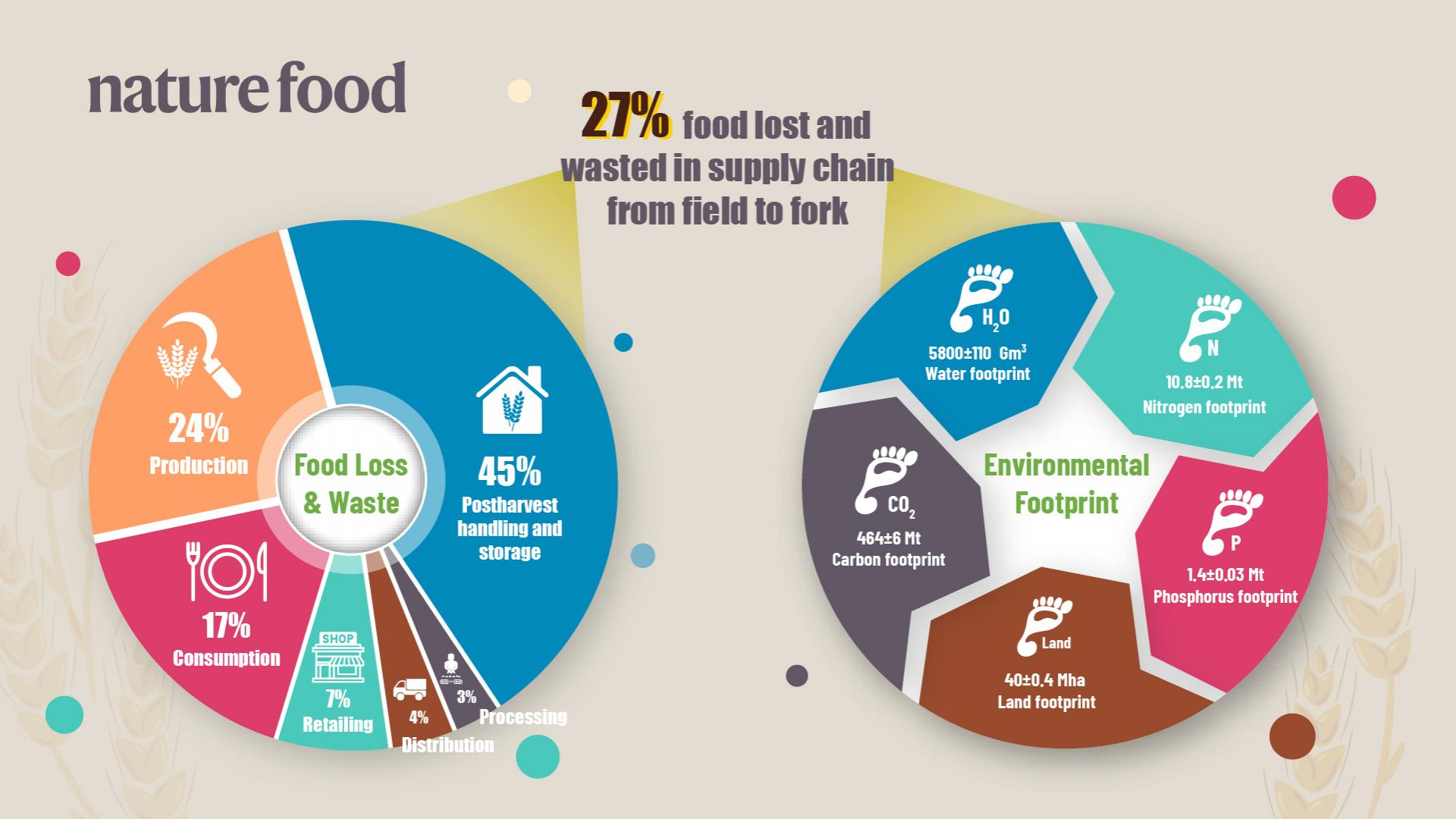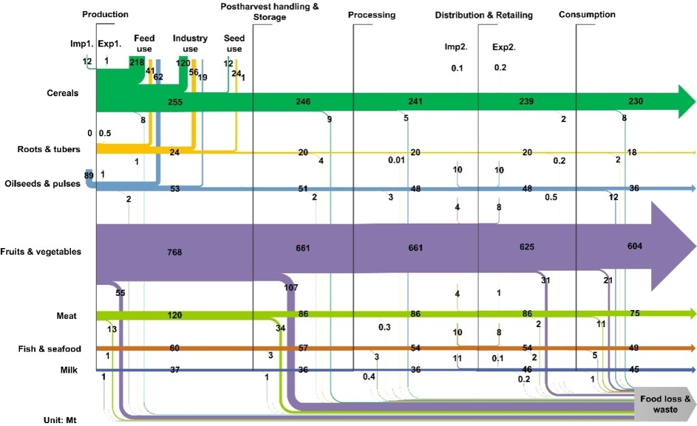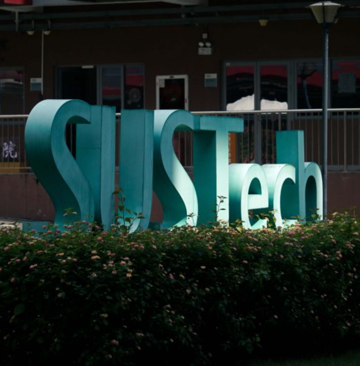SUSTech's Junguo Liu co-authors paper on food waste and its environmental impact
Recently, Chair Professor Junguo Liu from the School of Environmental Science and Engineering at the Southern University of Science and Technology (SUSTech) co-authored a paper in Nature Food, an online journal publishing top-tier food-related research in the natural, applied, and social sciences. The paper was entitled “China's food loss and waste embodies increasing environmental impacts.”

In recent years, food loss and waste have become a global problem, which has attracted widespread attention from academia, government, and the public. Food loss and waste are closely related to food security, food safety, nutrition and health, resources, environment, economy, and society. They are considered to be major environmental issues for the sustainable development of the global food system. However, monitoring and benchmarking food loss and waste reduction is often constrained by the lack of reliable and consistent data, especially for emerging economies.
This research is based on the large-scale field investigations conducted by the Ministry of Agriculture and Rural Affairs and the Chinese Academy of Sciences (CAS) from 2013 to 2018 on food losses in the supply chain, food waste in households, and catering industries. It quantifies the food loss and waste of major agrifood products along the entire farm-to-fork chain in China.

Figure 1. Food flow and waste in China’s supply chain from the farm to the table
The result shows that 27% of food annually produced for human consumption in the country (349 ± 4 Mt) is lost or wasted. 45% of this is associated with postharvest handling and storage and 17% with consumption activities. The paper also shows that the land, water, carbon, nitrogen, and phosphorus footprints associated with total food loss and waste are similar to those of a medium-sized country, such as the United Kingdoms, in the case of carbon footprint.

Figure 2. Land footprint, water footprint, carbon footprint, nitrogen footprint, and phosphorus footprint of food waste in China
These results highlight that food loss and waste in China have a greater impact on resources and the environment. Reducing food waste at the consumption stage has a significant effect on reducing various environmental footprints.
This paper is the work of a collaborative effort between researchers from the Chinese Academy of Sciences (CAS), the University of Southern Denmark, Ministry of Agriculture (MOA) of the People’s Republic of China, Wuhan University, the University of Pennsylvania, and SUSTech.
It is worth mentioning that Junguo Liu was one of the earliest scholars in China who paid attention to food waste and its environmental impact. In 2013, as the first corresponding author, he published an article entitled “Food Loss and Waste in China and their Implication for Water and Land” in Environmental Science and Technology (ES&T). The results showed that food waste and food loss have a huge environmental impact on water and land resources. The food waste rate in China is 19% (+5%), which is far lower than the waste rate in the United States and European countries. The study found that the food waste rate in Chinese canteens and households is only 5-7%, but the food waste rate in restaurants is as high as 19%. This shows that Chinese food culture and habits play an important role in influencing the rate of food waste.
Paper links:
https://www.nature.com/articles/s43016-021-00317-6
https://pubs.acs.org/doi/10.1021/es401426b
